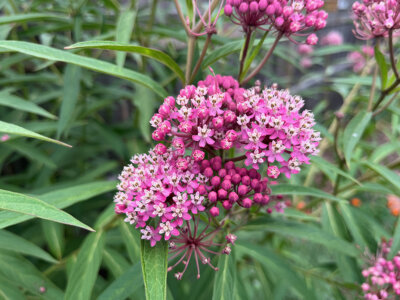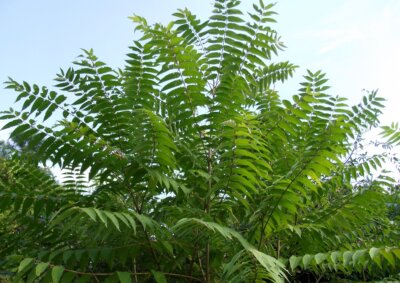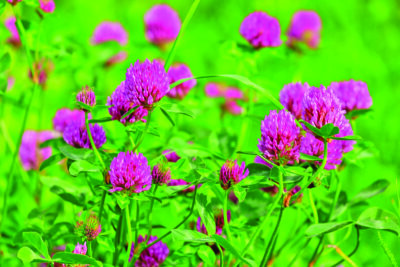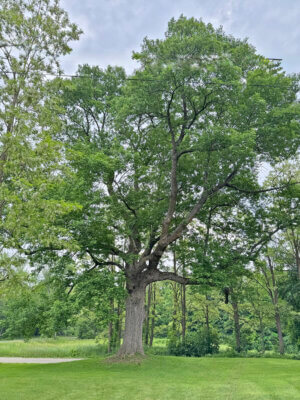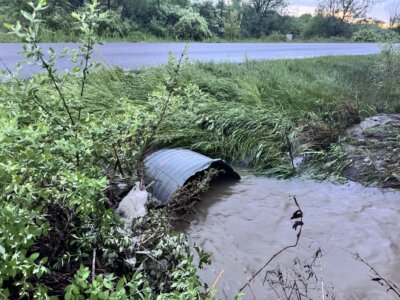Digging out and digging in
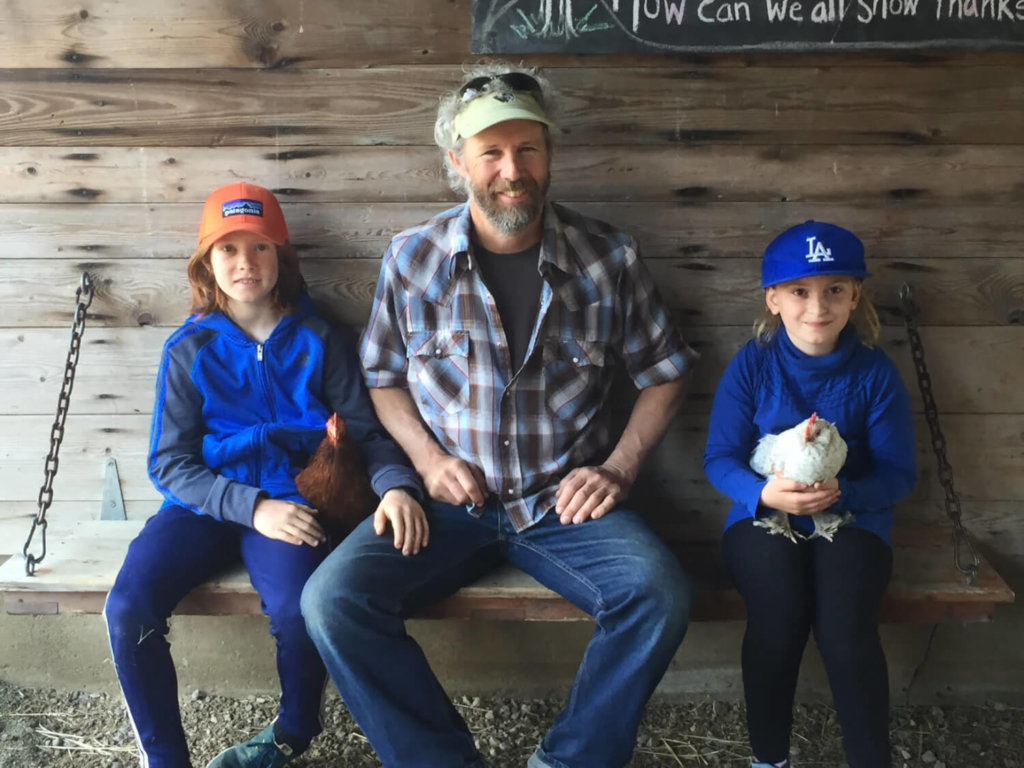
Ah, springtime in Vermont! The grasp of winter ever so slowly relenting and allowing us to consider that perhaps soon we’ll be without snow banks, icy walkways and frosty windshields every morning and will instead be out strolling through the garden with bare feet. But the journey to fairer weather is a slow and nonlinear path around here. What’s lies ahead in April? Is it going to snow another foot, be sunny and 70 degrees, be overcast, windy and 40? Of course, as you all know (unless you just moved here, in which case I’m sorry to inform you…), it is going to be answer D—all of the above.
I run a seasonal vegetable farm in Charlotte. We sell vegetables to stores and restaurants from here to Burlington, run a CSA from the farm, and sell at the farmers market in Shelburne. Our farming season starts in late March. Growing in the winter has never made sense to me here on our exposed land, and so I shut the farm down in November. During the winter I work as a carpenter off the farm and spend nights and weekends planning for the upcoming farming season.
Coming back onto the farm in the spring is always a mixed blessing. My winter life is scheduled, predictable, orderly and payable by the hour. Returning to the farm, which sits somewhat like a time capsule for the winter, I’m quickly reminded of which things I left in good order and which things I pushed off to the side to deal with later. It feels a little chaotic and messy at first. It takes time to transition, but slowly it starts to click. Hearing the newly returned redwing blackbirds cackling in the hedgerows and watching the marsh hawks and turkey vultures soar above helps me settle back in to the landscape. Their return to the farm helps gird me for the battle ahead. Lists are made, priorities established.
It all starts with the delivery of the season’s potting mix. Fifteen yards of black gold arrive in a tandem dump truck and get dumped out unceremoniously in the barnyard in front of the heated greenhouse where all the season’s transplants will be started. Tens of thousands of plants will have their beginnings from this pile. Now it’s game on.
Next is getting the greenhouse ready to start all these starts. The things that happen in this greenhouse at the end of the season are very different from the things that need to happen at the beginning of the season. In November we were washing and packing vegetables here to avoid the cold, but now we need to get ready for lots of seedlings. The soil mixing tub and seeding tables need to come back out and get cleaned. We use a soil blocking machine to start seedlings, and this needs to be prepped. The blocking machine is a truly awesome piece of equipment. You shovel moist potting mix in, which is then compressed, cut into sheets of inch and a half by inch and a half blocks with seeds accurately placed into to the top of each one as the blocks are rolled out on a conveyor belt. These are then picked up with a funky pitchfork and slid into bread trays, one hundred seeded blocks per forkful. The machine can do something like 10,000 an hour, but it’s faster than we are. We do roughly 5,000 an hour.
Now we need to get the heating system going. There is a big Modine gas heater that we use once we have a bunch of tables-worth of seedlings to protect from the frosty spring nights, but for the first few weeks we use electric heat mats. These heat the trays of seedlings from the bottom and are placed on insulated tables that can be covered at night to keep the heat in. We use four-by-eight-foot mats that are thermostatically controlled. The heat is nicely targeted, and the mats are way more efficient than trying to heat a big plastic bubble, which is basically what the greenhouse is. The covers over the top are a bit of a pain to take on and off daily, but critical, as the temperature in the greenhouse on a sunny winter day can easily go up to 130 degrees during the day and then to below freezing at night. So a little cover maintenance is required to prevent cooking all our precious little seedlings.
Finally, we’re finally ready to start seeding. First on the list of are the onions, scallions and leeks. Next come lettuce and brassicas for field planting, and tomatoes, peppers and eggplant for inside greenhouse planting. Slowly the greenhouse starts to fill with newly sprouted seedlings. Now, it’s off to the races.
Related Stories
Popular Stories
If you enjoy The Charlotte News, please consider making a donation. Your gift will help us produce more stories like this. The majority of our budget comes from charitable contributions. Your gift helps sustain The Charlotte News, keeping it a free service for everyone in town. Thank you.
Andrew Zehner, Board Chair



